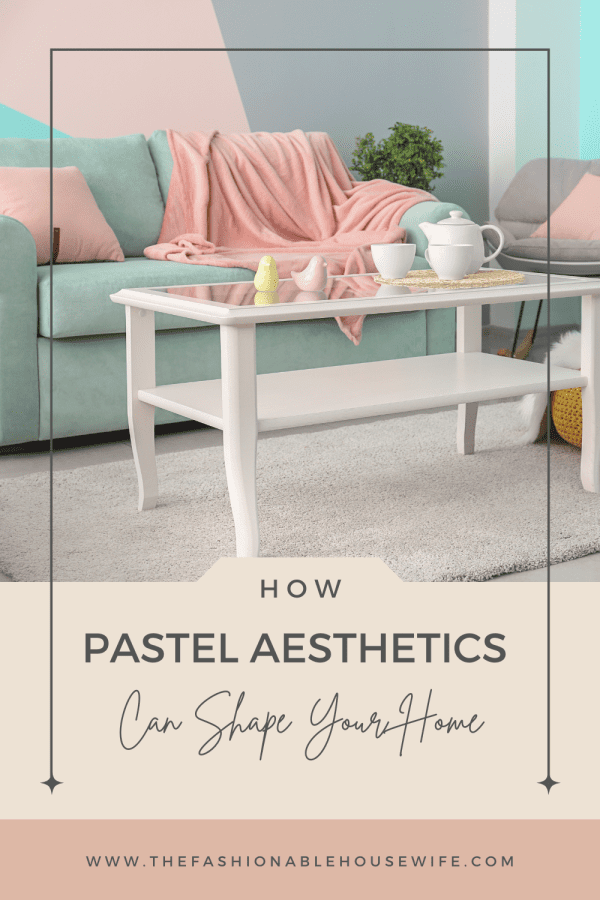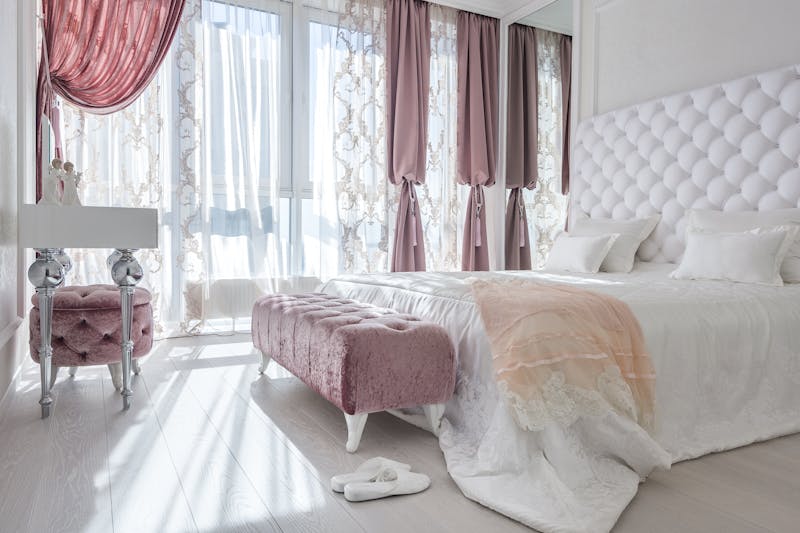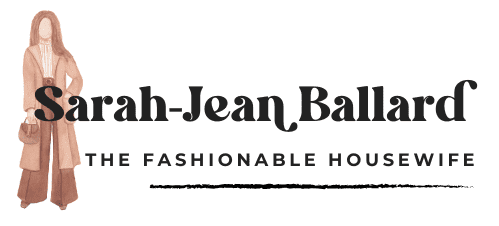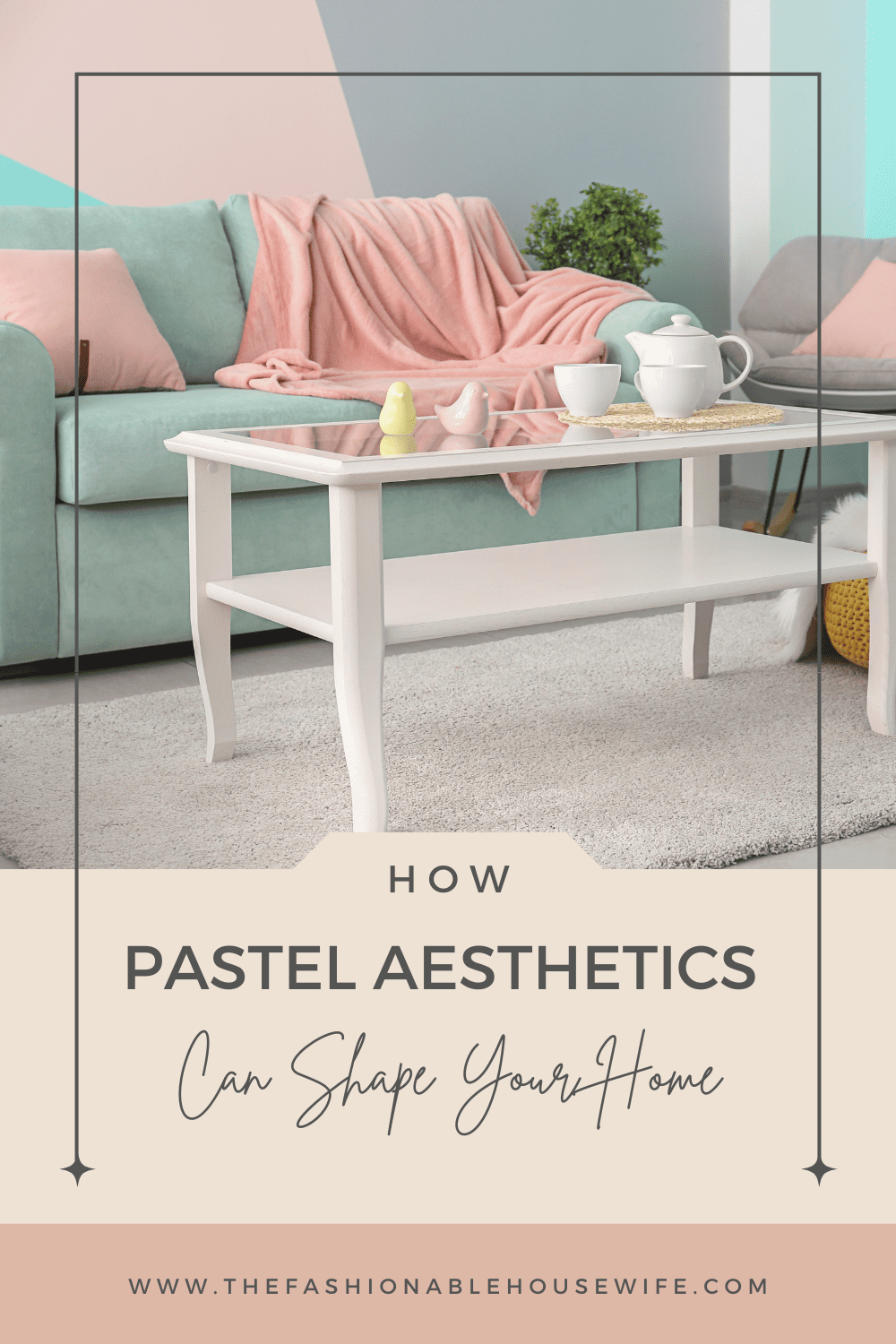How Pastel Aesthetics Can Shape Your Home

In the ever-evolving world of interior design, pastel aesthetics have become a timeless trend. They exude a sense of tranquillity, elegance and subtle sophistication. These gentle, muted hues are more than just colors; they are a tool to create serene spaces that evoke calmness and comfort. Pastels, once considered delicate and overly feminine, have now become a versatile choice for a wide range of interior styles, from minimalistic to contemporary – and even eclectic designs.
The Allure of Pastels
The appeal of pastel colors lies in their ability to transform spaces without overwhelming them. Unlike bold, saturated colors that demand attention, pastels offer a subtle approach to design. They infuse spaces with light and airiness, making rooms feel more open and inviting. These colors – soft pinks, mint greens, baby blues and lavender hues – are inherently calming, which is why they are often associated with serenity and relaxation.
Pastels can be used in various ways to achieve different effects in interior design. For example, a pastel-dominated palette can create a harmonious and cohesive look, while incorporating pastels as accents can add pops of colour to an otherwise neutral space. This versatility is what makes pastels so appealing to designers and homeowners alike.
Creating a Tranquil Atmosphere
One of the key reasons pastel aesthetics have gained popularity in interior design is their ability to create a tranquil atmosphere. In today’s fast-paced world, people are increasingly looking for ways to make their homes feel like sanctuaries – places where they can unwind and relax. Pastel colors, with their soft and soothing qualities, are the perfect antidote to the chaos of modern life.
In a living room, for example, a pastel color scheme can be used to create a calm and welcoming space. Soft blues and greens can evoke the feeling of nature, while pale pinks and lavenders can add a touch of warmth and comfort. Pairing these hues with a light oak floor or a soft, pastel-hued area rug can enhance the overall sense of calm and openness, further contributing to a peaceful environment.
Balancing Pastels with Other Elements
While pastels can create a serene and cohesive look, it’s important to balance them with other design elements to avoid a space that feels too monotonous or overly sweet. One effective way to do this is by pairing pastels with neutral tones like white, beige or grey. These neutral colors help to ground the pastels and add depth to the overall design.
Textures also play a crucial role in balancing pastel aesthetics. Incorporating a variety of textures—such as soft fabrics, natural wood and sleek metals – can add visual interest and prevent the space from feeling too flat. For example, a pastel pink sofa can be paired with a grey wool throw, a wooden coffee table and metal accents to create a balanced and visually appealing living room. A plush, baby pink rug can be laid over light parquet flooring for a eye-catching contrast.
Pastels in Different Interior Styles
One of the most remarkable aspects of pastel aesthetics is their adaptability to different interior styles. Whether your home leans towards a minimalist, contemporary, or eclectic design, pastels can seamlessly blend in or stand out as needed.
Minimalist Style: In minimalist interiors, pastels can add warmth and personality without disrupting the clean lines and simplicity of the design. A pale blue accent wall or mint green kitchen cabinets can serve as focal points while maintaining the minimalist ethos.
Contemporary Style: Pastels can soften the often sharp and edgy look of contemporary design. Incorporating pastel furniture or artwork into a contemporary space can create a more inviting and liveable environment.
Eclectic Style: For those who prefer an eclectic approach, pastels can be mixed with bolder colors and patterns to create a vibrant and dynamic space. A pastel-coloured rug or a collection of pastel-toned pillows can tie together a mix of different design elements.

The Psychological Impact of Pastels
Colors have a profound effect on our emotions and well-being, and pastels are no exception. The psychological impact of pastel colors in interior design is well-documented, with studies showing that these hues can reduce stress, promote relaxation and enhance mood.
For instance, soft blues and greens are known to have a calming effect, making them ideal for bedrooms and bathrooms. Pink, often associated with love and compassion, can create a nurturing and comforting environment, perfect for living rooms and nurseries. Lavender, with its soothing properties, is often used in spaces designed for relaxation, such as meditation rooms or reading nooks.

